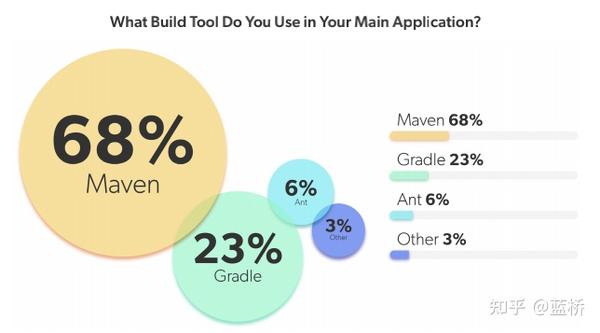

When ever I switch to a class from my project I get an error dialog: This leads to continous context switches to the breakpoint during my development. For some reason I get breakspoint hits "at exception breakpoint ". I have a maven web project which I launch through Netbeans on Tomcat. Runtime: Java(TM) SE Runtime Environment 1.7.0_25-b15 That is a real productivity killer.Product Version: NetBeans IDE Dev (Build 201308032300) You can be pretty productive without it.īut be it HotSwap or JRebel – you must make sure you don’t redeploy to reflect changes. While it’s a great product, I wouldn’t say it’s a must. They have created a very good product that is an improved HotSwap – it can swap structural changes as well. So you can develop web applications with Java almost as quickly as with any scripting language.įinally, I must mention one product with a slogan “Stop redeploying in Java” – JRebel. But that works perfectly fine – JSPs are refreshed by the servlet container (unless you are in production mode), and each view technology has an option for picking template files dynamically. You just can’t live without “save & refresh” there. But that, again, seems quite an ordinary scenario – your app can’t just load its bootstrapping configuration while running.Įven more common is the case with html & css changes. You can’t hotswap configuration as well – your application is usually configured in some (.xml) file, so if you change it, you’d have to redeploy. Structural changes are more rare, and in some cases mean the whole application has to be re-initialized anyway. But “save & refresh” usually involves simply changing a line within a method. If you add a new class, new method, change the method arguments, add fields, add annotations, these can’t be swapped at runtime.
JREBEL TOMCAT 7 HOW TO
I’ve made a more extensive description of how to use them in this stackoverflow answer. FileSync plugin for eclipse – configure it to send your compiled classes to an absolute path (where your tomcat lives).WTP – configure the “Deployment Assembly” to send compiled classes to WEB-INF/classes.With eclipse that can be done in (at least) two ways: So you just have to start the server in debug mode (the hotswap feature is available in debug mode) and copy the class files. The JVM has the so-called HotSwap – replacing classes at runtime. You can use “save & refresh” in java web applications as well. This quora question summarizes that “myth”. scripting languages, allow you to “save & refresh”. They say developing Java is slow because of the bloated application servers – you have to redeploy the application to see your changes.


 0 kommentar(er)
0 kommentar(er)
